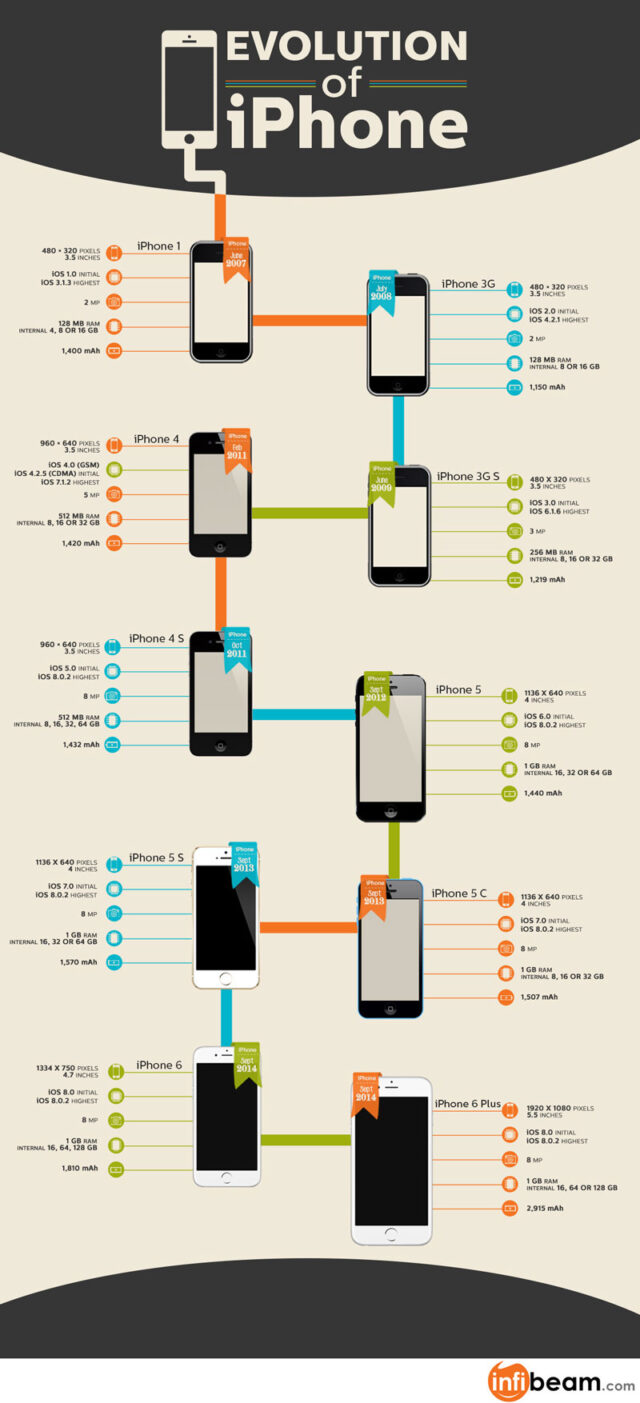
Our story begins back in 1976 when Steve Jobs, Steve Wozniak and Ronald Wyane founded the company Apple. Apple is the world’s second-largest information technology company by revenue after Samsung Electronics, world’s largest technology company by Total Assets and the world’s third-largest mobile phone maker. Apple Inc. is an American multinational technology company headquartered in Cupertino, California, that designs, develops, and sells consumer electronics, computer software, online services, and personal computers.
Its best-known hardware products are the Mac line of computers, the iPod media player, the iPhone smartphone, the iPad tablet computer, and the Apple Watch smartwatch. Its online services include iCloud, the iTunes Store, and the App Store. Apple’s consumer software includes the OS X and iOS operating systems, the iTunes media browser, the Safari web browser, and the iLife and iWork creativity and productivity suites.
On January 9, 2007 Steve Jobs announced the iPhone at the Macworld convention, receiving substantial media attention, and that it would be released later that year. On June 29, 2007 the first iPhone was released.
iPhone
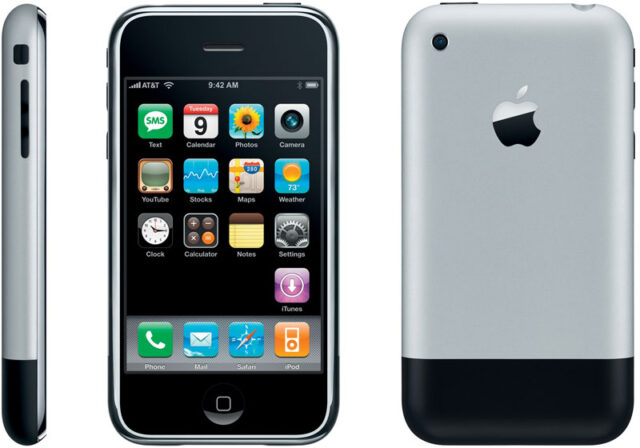
iPhone was announced in January 2007 and launched the same year in June, marked Apple’s entry into the market of mobile phones. Based around a touch-based user interface with a single button, the iPhone was controlled using a variety of one- and two-finger gestured.It included a custom version of Safari that allowed full browsing of any web page, a revamped iPod interface with CoverFlow, integrated access to YouTube and Google Maps.
It was available exclusively with AT&T voice/data plans, and was limited to EDGE-based network access, rather than the faster 3G wireless networking standard. Though the iPhone officially only supported web-based applications from third-party developers, an underground development effort was quickly organized, and within a few months native 3rd party applications were widely available.
The iPhone was sold in two configurations: a 4 GB model sold for $499, and an 8 GB model for $599. In September 2007, Apple discontinued the 4 GB model, and dropped the price of the 8 GB model to $399. In February 2008, a $499 16 GB model was added. All models were discontinued in June 2008, with the release of the iPhone 3G.
iPhone 3GS
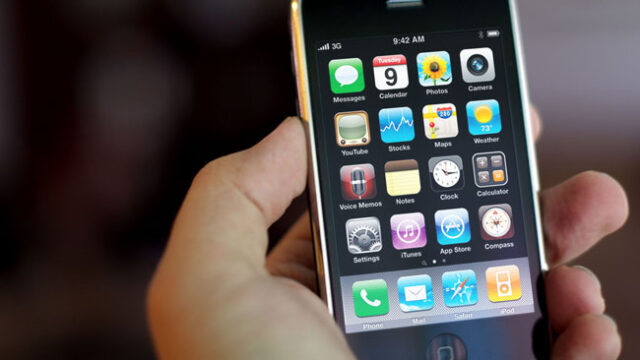
Introduced in June 2009, the iPhone 3GS included both specification and feature enhancements over it’s predecessor, the wildly successful 3G. In addition to CPU and capacity improvements, the iPhone 3GS included a higher-resolution video-capable camera, an integrated Magnetometer, and Voice Control. It has OS 3.0 (which was also made available for previous iPhone models), which included software enhancements, such as cut & paste, pervasive landscape keyboard, search, internet tethering, and a voice memos application.
The iPhone 3GS was available in both black and white in two capacities: 16 GB for $199, and 32 GB for $299, assuming subsidy eligibility. Early upgrade prices were $399 and $499, respectively, while unsubsidized prices were $599 and $699.In June 2010, both models were replaced by the iPhone 4, and an 8 GB model was added for $99 (with subsidy). In October 2010, the price was lowered to $0 (with subsidy).In June 2010, both models were replaced by the iPhone 4.
iPhone 4
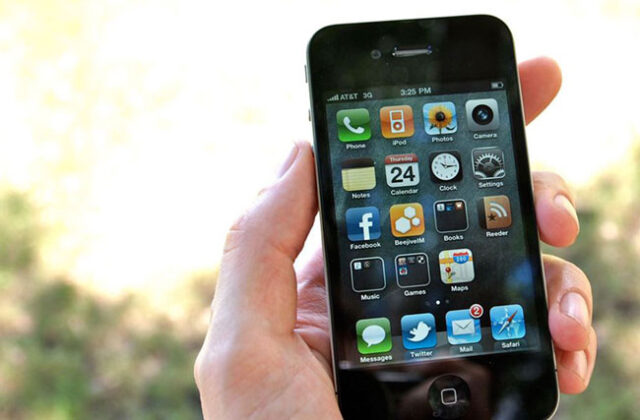
Introduced in June 2010, the iPhone 4 replaced the 3GS model. External improvements included a slimmer, designed case, a 5 megapixel camera with LED flash, a VGA-quality front-facing camera, and a stunning new 960×640 LED-backlit display. Apple claimed that the new display, branded the “Retina display,” was so high-resolution that at at standard reading distances, the human eye would be unable to distinguish individual pixels.
Under-the-hood improvements included the aforementioned A4 processor, a faster graphics subsystem, improved battery life, and a 3-axis gyroscope which, when combined with the existing accelerometer, provided 6-axis motion detection. Device has included the newly re-branded iOS 4.0, which brought a number of improvements, including multitasking and folders. In addition, the iPhone 4 included a new video calling feature, called “FaceTime,” and the capability for 720p 30 fps HD video recording and editing.
It was sold in two models, keeping the same price-points as the 3GS the year before: a black 16 GB model for $199, and white or black 32 GB models for $299, including a 2-year contract. Due to manufacturing and quality problems, the white iPhone did not ship until April of 2011. In October 2011 all models were replaced with a single 8 GB model (in white or black), for $99 with a 2-year contract (for AT&T or Sprint), or $549 without.
iPhone 4S
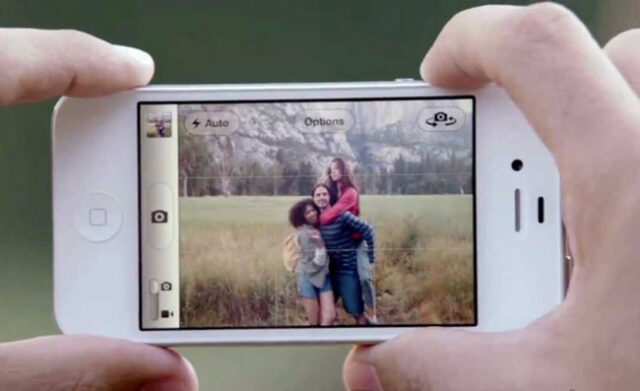
Introduced in October 2011, the iPhone 4S represented a significant under-the-hood hardware upgrade from the original iPhone 4. Apple claimed a 2 x CPU and performance improvement as a result of the inclusion of the custom-designed A5 system-on-a-chip. The iPhone 4s included the compatibility of the iPhone 4 , making it a true “world phone.” It also included the minor case redesign, which, along with internal antenna design improvements, eliminated the “grip-of-death” commonly reported with the original iPhone.
Other improvements which are included are 8 Megapixel camera, with improved contrast and color balance, Bluetooth 4.0, and a new voice-activated assistant, called “Siri.” It was available in both white and black, with a two-year contract in the with either AT&T, Verizon, or (for the first time) Sprint, at three price points (no-contact in parentheses):16 GB model for $199 ($649 regular price),32 GB model for $299 ($749 regular price) or 64 GB model for $399 ($849 regular price).
iPhone 5
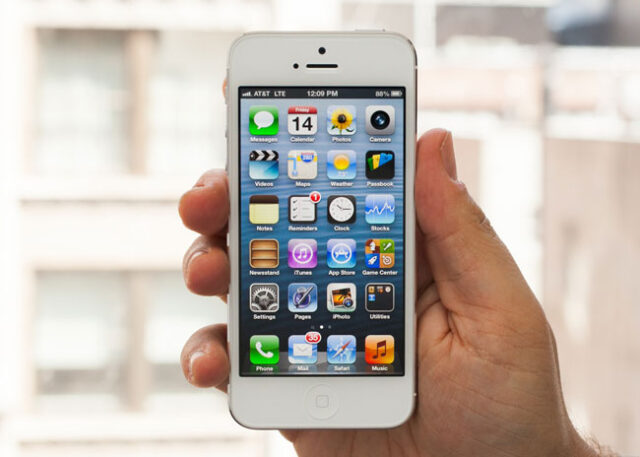
It is the sixth generation of the iPhone, succeeding the iPhone 4S and preceding the iPhone 5S and 5C. Formally unveiled as part of a press event on September 12, 2012, it was released on September 21, 2012. The iPhone 5 featured major design changes in comparison to its predecessor. These included an aluminum-based body which was thinner and lighter than previous models, a taller screen with a nearly 16:9 aspect ratio, the Apple A6 system-on-chip, LTE support, and Lightning, a new compact dock connector which replaces the 30-pin design used by previous iPhone models.
It was officially discontinued by Apple on September 10, 2013 with the announcement of its successor, iPhone 5S, and 5C, the latter being a lower-cost variation of the iPhone 5 with similar internal hardware and plastic casing. The introduction of the 5C deviated from Apple’s previous market strategy, where the previous iPhone model would remain in production, but sold at a lower price point below the new model.
On April 28, 2014, Apple initiated an out of warranty recall program to replace any failing power buttons of iPhone 5 models which were manufactured prior to March 2013 at no cost. On August 23, 2014, Apple announced a program to replace batteries of iPhone 5 models that “may suddenly experience shorter battery life or need to be charged more frequently” which were sold between September 2012 and January 2013.
iPhone 5C
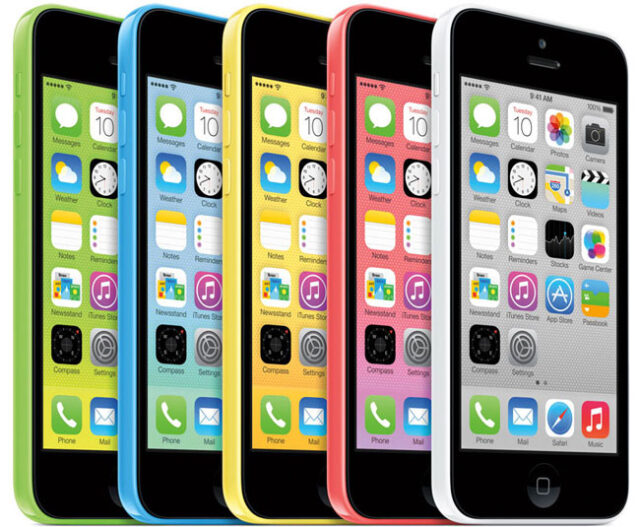
Apple announced iPhone 5C, along with the 5S during a media event at its Cupertino headquarters on September 10, 2013. The 5S became the new flagship of the iPhone range, whilst the 5C was designed as a mid-range model, and the iPhone 4S continued production, although had been demoted to the entry-level model of the series. The iPhone 5S 16 GB retailed in the US for $199 on contract or $649 off-contract, the 5C 16 GB retailed for $99 on contract or $549 off-contract, and the iPhone 4S 8 GB had dropped to free with a two-year contract or $449 off-contract.
Unlike past iPhone releases, where the previous generation model continued to be produced but sold at a lower price alongside the newest model, the iPhone 5 did not move to a lower price point; it was not continued in 2014 with the release of the iPhone 6 and 6 Plus. It may be continued in later years. Continuing to offer the original iPhone 5 at a lower price would have cut into Apple’s profit margins, thus substituting the aluminum body for a polycarbonate case (resulting in the iPhone 5C). This would reduce production costs (and perhaps recoup the price cut).
Also, it was believed that Apple’s accustomed strategy of maintaining sales of older iPhone iterations – while still successful – would not have sparked as much demand as a “new” iPhone would, hence Apple’s efforts to brand the 5C as a new product.The iPhone 5C was rumored to be the long-awaited “inexpensive iPhone” or “cheap iPhone”; however, it competes with other mid-range devices which slot right below flagship phones.
Given Apple’s premium pricing tendencies, the iPhone 5C was initially sold at prices similar to other high-end flagship smartphones released early in 2013 (and receiving discounts after being on the market for six months). Like previous iPhones it does not compete in the feature phone segment nor the unsubsidized/prepaid category.
iPhone 5S
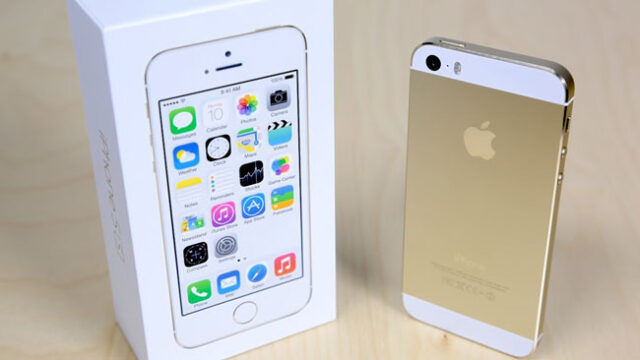
Marketed with a stylized lowercase ‘s’ as iPhone 5s and was released on September 20, 2013. The phone maintains a very similar design to its predecessor, aside from the introduction of a new home button design using a laser-cut sapphire cover surrounded by a metallic ring, Touch ID, a fingerprint recognition system built directly into the home button which can be used to unlock the phone and authenticate App Store and iTunes Store purchases, and an updated camera with a larger aperture and a dual-LED flash optimized for different color temperatures.
It was the first Apple device to ship with iOS 7, which introduced a revamped visual appearance and other new features.Reception towards the device was generally positive, with some outlets considering it to be best smartphone available on the market due to its upgraded hardware, Touch ID, and other changes introduced by iOS 7. However, others criticized 5S for being too similar to its predecessors, while others expressed security concerns about the Touch ID system. Nine million units of the iPhone 5S and 5C were sold on their weekend of release, breaking Apple’s sales record for iPhones.
The iPhone 5S was the best selling phone on all major US carriers in September 2013.On September 19, 2014, it was succeeded as Apple’s flagship cellphone by the iPhone 6 and 6 Plus, but the older model remains available for purchase at a reduced price.
iPhone 6 and 6 Plus
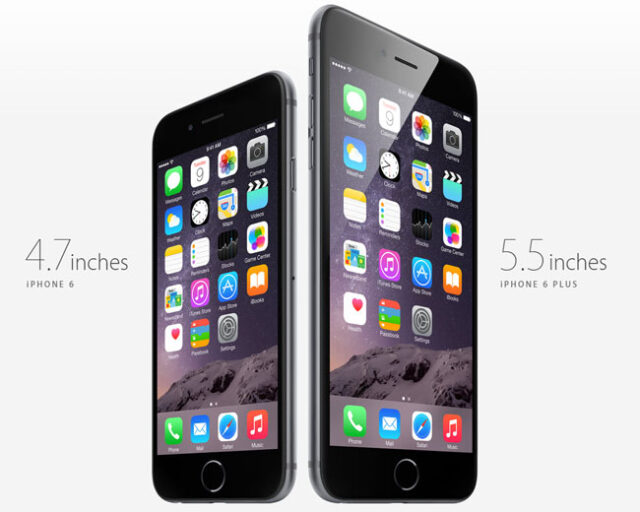
The devices are part of the iPhone series and were unveiled on 9 September 2014 and released on September 19, 2014. The iPhone 6 and 6 Plus jointly serve as successors to the 5C and 5S. The iPhone 6 and 6 Plus include a number of changes over its predecessor, including models with larger 4.7 and 5.5 inches (120 and 140 mm) displays, a faster processor, upgraded cameras, improved LTE and Wi-Fi connectivity, and support for a near-field communications-based mobile payments offering.
Pre-orders of the iPhone 6 and 6 Plus exceeded four million within its first 24 hours of availability—an Apple record. More than ten million iPhone 6 and 6 Plus devices were sold in the first three days.
7 years of the iPhone
It has been more than 7 years since the first iPhone was sold. We have already come up with a model number 6. How many models we’ll see from Apple who knows. We are sure that every new model will be nicer, faster and better. Let time do its work and show us some more new innovation from Apple.
